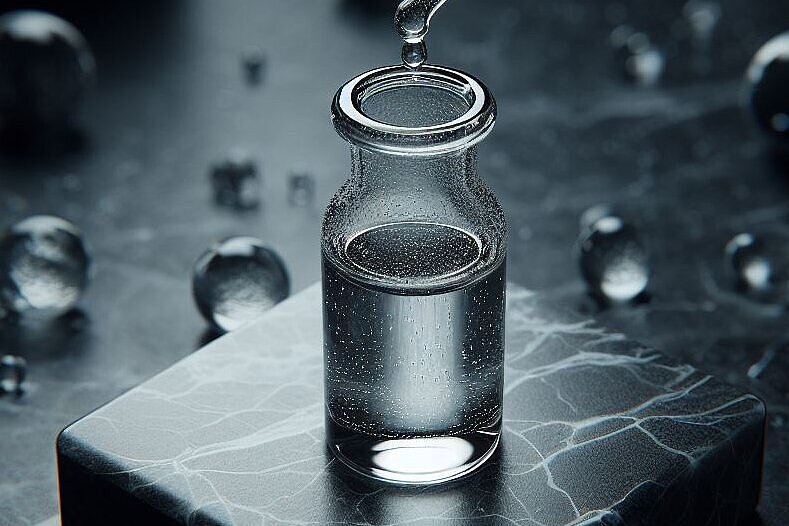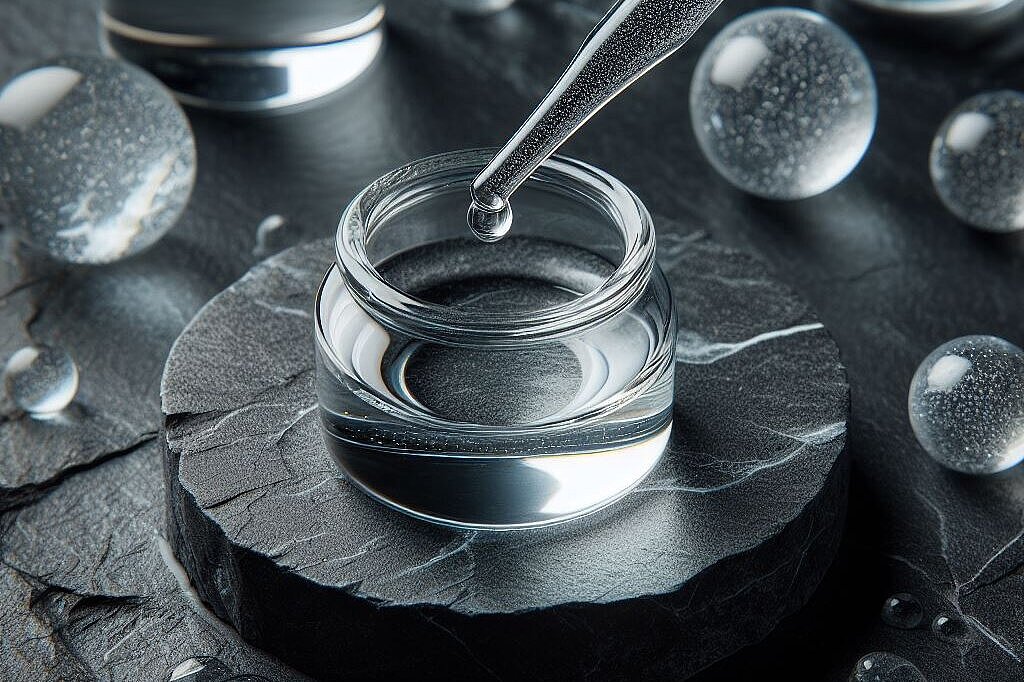1,4-BUTANEDIOL

What is 1,4-butanediol?
1,4-Butanediol is a chemical compound that belongs to the alcohols. It is a colorless, viscous liquid that is used in industry as a solvent, in the production of plastics, elastomers and as a starting material for the synthesis of other chemicals. Due to its chemical structure, 1,4-BD can be metabolized in the body to γ-hydroxybutyric acid (GHB), a substance with sedative and anesthetic properties.
Risks and side effects of 1,4-butanediol in dogs
Toxicity and risk of poisoning
Probably the most serious disadvantage of 1,4-butanediol for dogs is its toxic potential. When ingested, the substance can be metabolized to GHB in the dog's body, which can lead to a number of health problems. Symptoms of poisoning can include lethargy, ataxia (incoordination), hypothermia, coma and in severe cases even death.
Accidental exposure
Due to its use in many industrial processes and products, there is a risk of dogs coming into contact with 1,4-BD unintentionally. The risk lies particularly in household contamination through leaking containers or residues on surfaces that are accessible to dogs.
Possible benefits of 1,4-butanediol
Despite the obvious risks and side effects, one might wonder if there are also potential benefits of 1,4-butanediol for dogs. It is important to emphasize that the use of 1,4-BD in veterinary medicine should be extremely limited and well controlled, if it is considered at all.
Medical use under supervision
In theoretical considerations, 1,4-BD could be used for therapeutic purposes under strict veterinary supervision, especially with regard to its metabolic conversion to GHB. This could be useful in very specific and controlled situations, such as in the treatment of certain neurological conditions or as part of an anesthetic protocol. Nevertheless, this application is speculative and would require intensive research and rigorous controls to ensure safety and efficacy.
1,4-Butanediol is a substance with a high risk potential for dogs, the unintentional ingestion of which can lead to serious health problems. While theoretically conceivable medical uses could exist under strict supervision, the risks and side effects far outweigh the benefits. Dog owners should always exercise caution and ensure that their pets do not come into contact with potentially dangerous chemicals such as 1,4-butanediol. The health and safety of our four-legged friends should always come first.
Properties 4
Are you looking for other ingredients with a specific property?
Just click on them to find more.
If you notice any signs of hypersensitivity or poisoning in your dog, you should see your vet immediately. We are not a substitute for a vet, but we try to be as accurate as possible. Every dog reacts differently and we recommend you get a second opinion or consult your vet if in doubt.
Stay healthy and take good care of your four-legged friend!😊
Similar to 1,4-BUTANEDIOL
What is 1,2-butanediol? 1,2-Butanediol, also known as 1,2-butylene glycol, is a chemical compound that belongs to the glycol family. It is a colorless, viscous liquid that is used in a variety of...
1,3-Butanediol is an organic compound that belongs to the group of alcohols. It is a colorless, viscous liquid that is used in various industrial applications, including the manufacture of plastics,...
2,3-Butanediol is a four-chain diol alcohol produced by microbial fermentation of sugars. It exists in several stereoisomeric forms, including the optically active D and L forms and the meso form....
Ethylene glycol (EG) is an organic compound commonly used as an antifreeze in vehicle cooling systems and in some industrial and household products. It is a colorless, almost odorless liquid with a...



